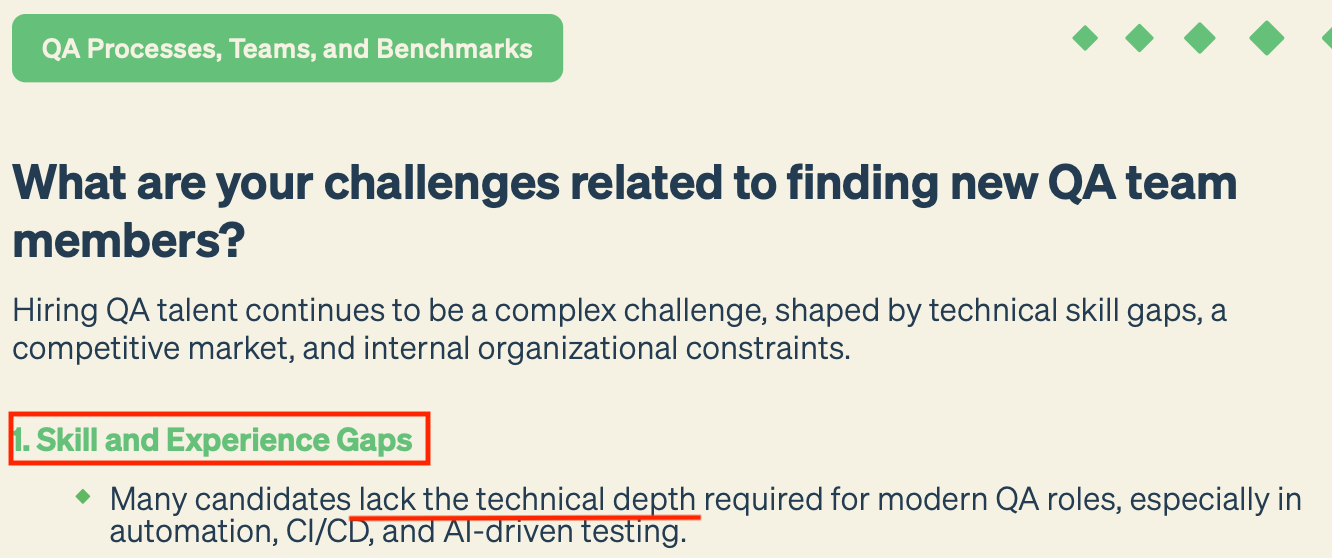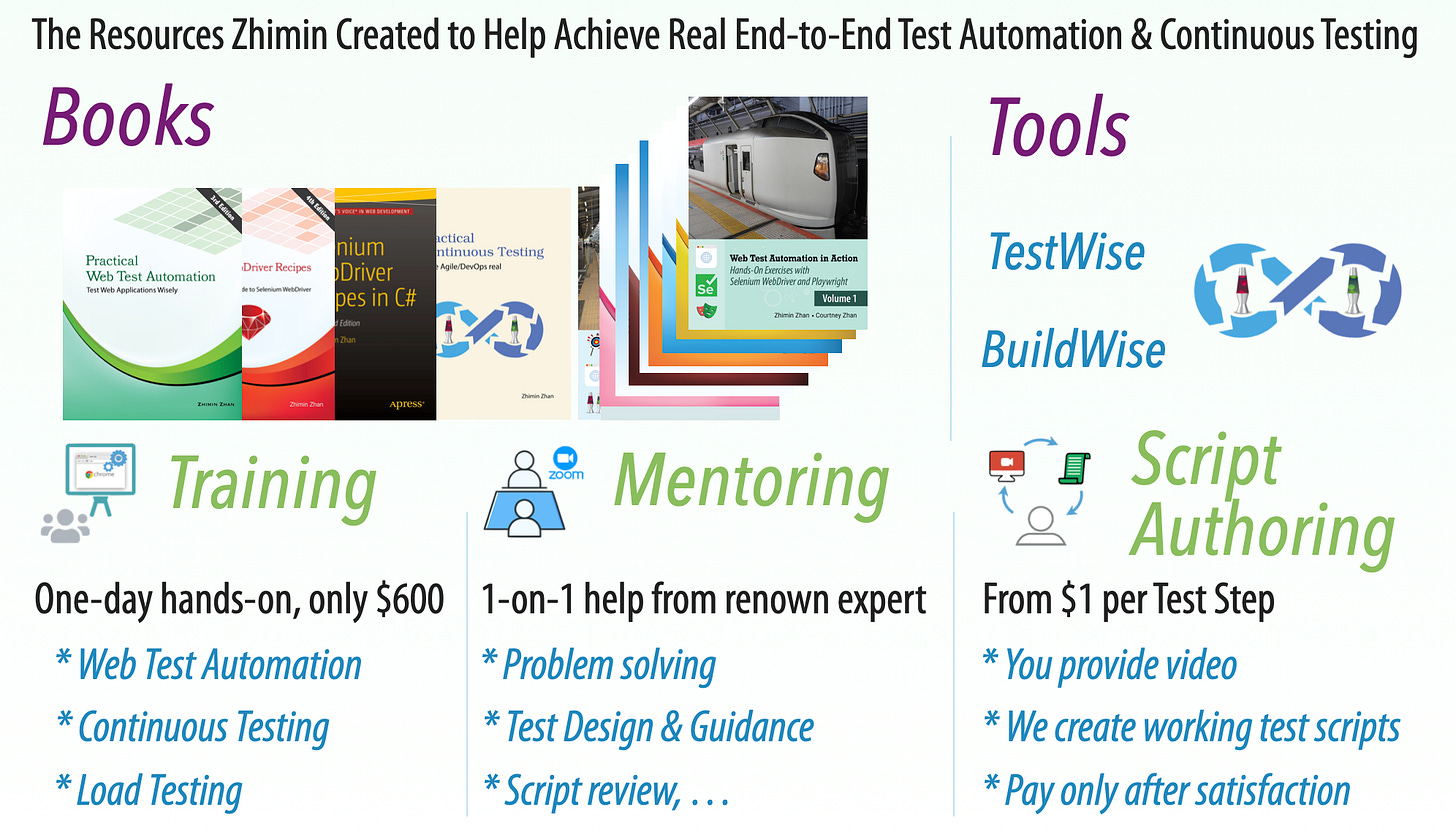CIOs: Struggling with E2E (UI) Test Automation Talent? Here Are Two Practical Solutions – Part A: Introduction
“Lack of technical skills” has been the go-to excuse for sticking with manual testing in fake Agile projects for decades. It’s time to break the cycle and take real action.
In this series:
Part A: Introduction
Part B: Option 1: Lure (upcoming)
Part C: How to Find a Real E2E Test Automation Engineer and Lure? (upcoming)
Part D: Option 2: Seek external training and mentoring (upcoming)
"Lack of technical skills" is a common excuse cited by software teams for their failure to implement end-to-end (UI) test automation — a cornerstone of true Agile and DevOps. This has been a recurring theme in software testing surveys over the past 20 years, including the latest Software Testing & Quality Report by TestRail (2025-06-05).

This excuse sounds logical, because
“E2E Test Automation” is not taught at university
Real test automation engineers are extremely rare.
“In my experience, great developers do not always make great testers, but great testers (who also have strong design skills) can make great developers. It’s a mindset and a passion. … They are gold”.
- Patrick Copeland, Google Senior Engineering Director, in an interview (2010)“95% of the time, 95% of test engineers will write bad GUI automation just because it’s a very difficult thing to do correctly”.
- this interview from Microsoft Test Guru Alan Page (2015), author of “How we test software at Microsoft”“Automated testing through the GUI is intuitive, seductive, and almost always wrong!” - Robert C. Martin, co-author of the Agile Manifesto, on his blog (in 2009)
From another perspective, E2E test automation is the backbone of Agile and DevOps. Without comprehensive Automated E2E (UI) regression testing, a software team is simply unable to achieve Agile.
Some may argue, "We may not have E2E (UI) testing, but we do E2E API testing, and that’s enough." I’ve heard this argument many times, and while it may seem logical from their perspective—often influenced by their capabilities or cost considerations. However, it is fundamentally flawed from a software engineering standpoint.

So, is "white-box unit testing or black-box API testing enough?". Cliff Berg, the leading author of “Agile 2: The Next Iteration of Agile” book, answered this question well.

It’s not just a “nice-to-have”—it’s an absolute necessity for software companies with ambitious goals.
Many companies have attempted to hire senior test automation engineers in hopes of bridging the skill gap in test automation and achieving real Agile development. However, as evidenced by insights from world-renowned industry experts, over 99% of the time, they end up hiring fakers. After repeated disappointments—failed E2E automation attempts led by fakers—most companies ultimately abandon the effort, leaving “E2E (UI) test automation” in a state of neglect, or fooling themselves “E2E Test automation is either too hard or not important”.
In fact, there are two simple, logical and much more affordable (compared to your previous approaches) solutions:
Luring talents with a proven record
Seek external training and mentoring
Stay tuned for the upcoming articles in this series.





